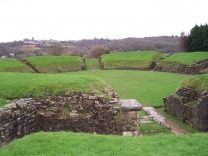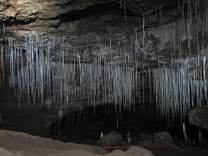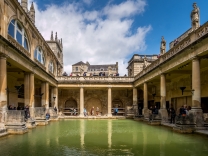No video yet

Castell Coch
19th-century Gothic Revival castle in Tongwynlais, Wales
Castell Coch (Welsh pronunciation: [ˈkastɛɬ koːχ]; Welsh for Red Castle) is a 19th-century Gothic Revival castle built above the village of Tongwynlais in South Wales. The first castle on the site was built by the Normans after 1081, to protect the newly conquered town of Cardiff and control the route along the Taff Gorge. Abandoned shortly afterwards, the castle's earth motte was reused by Gilbert de Clare as the basis for a new stone fortification, which he built between 1267 and 1277 to control his freshly annexed Welsh lands. This castle was likely destroyed in the native Welsh rebellion of 1314. In 1760, the castle ruins were acquired by John Stuart, 3rd Earl of Bute, as part of a marriage settlement that brought the family vast estates in South Wales.
John Crichton-Stuart, the 3rd Marquess of Bute, inherited the castle in 1848. One of Britain's wealthiest men, with interests in architecture and antiquarian studies, he employed the architect William Burges to reconstruct the castle, "as a country residence for occasional occupation in the summer", using the medieval remains as a basis for the design. Burges rebuilt the outside of the castle between 1875 and 1879, before turning to the interior; he died in 1881 and the work was finished by Burges's remaining team in 1891. Bute reintroduced commercial viticulture into Britain, planting a vineyard just below the castle, and wine production continued until the First World War. The Marquess made little use of his new retreat and in 1950 his grandson, the 5th Marquess of Bute, placed it into the care of the state. It is now...

















